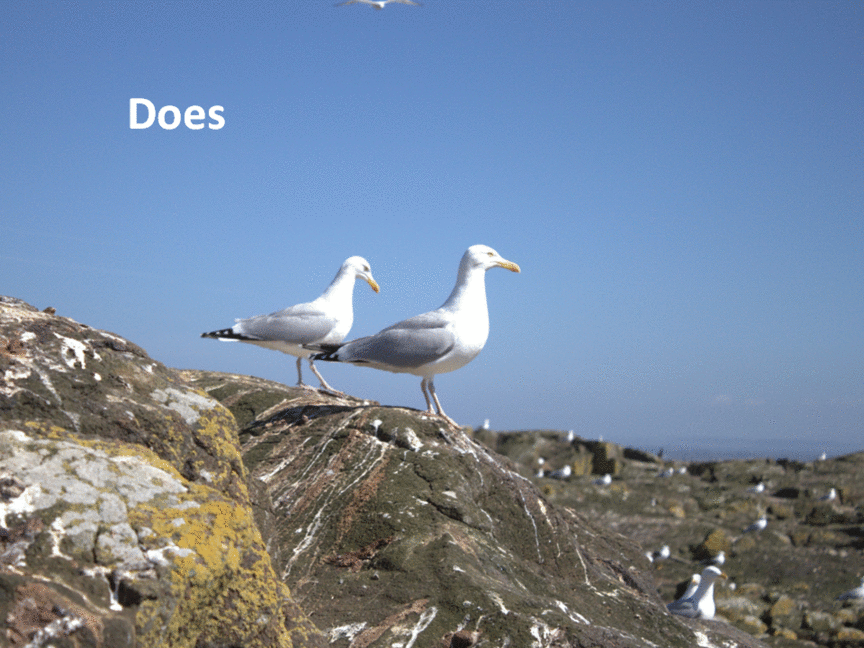Does it matter what gulls eat?
Published: 3 July 2017
Gulls are well known as generalist that may eat about anything that you could imagine a gull can eat (and some things you better don’t imagine they would eat). Sometimes their success to be such a widespread species occupying most of the coastline has been attributed to their very broad diet niche.
However, many gull populations are declining nowadays which is in contrast to their supposedly broad diet. Admittedly they don’t decline everywhere and probably the other marked feature of the population trends in gulls is a shift in habitat with increasing numbers in built-up areas (Nager & O’Hanlon 2016).

To find out how the landscape (the image above shows the area surrounding one of the study colonies - Oronsay in the Southern Hebrides) which the gulls can use for their foraging affects what they eat and this in turn influences breeding success we compared the diet and breeding succress of eight colonies of Herring Gulls in southwestern Scotland and Northern Ireland (Naturally Speaking blog). We found that the diet of Herring Gulls differed between colonies and these diet differences reflected what resources were most readily available in their foraging range. And the differences in diet impacted on their breeding success. Herring Gulls in colonies that had access to more marine resources with mostly intertidal invertebrates raised larger broods than Herring Gulls breeding in colonies that used predominantely anthropogenic terrestrial resources like grain form farmland and food wastes in built-up areas (O’Hanlon et al 2017). This would suggest that Herring Gulls that move into built-up areas might be driven by a shortage of resources in their traditional foraging grounds than the attractibveness of the food available in built-up areas.

First published: 3 July 2017

